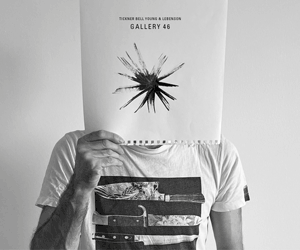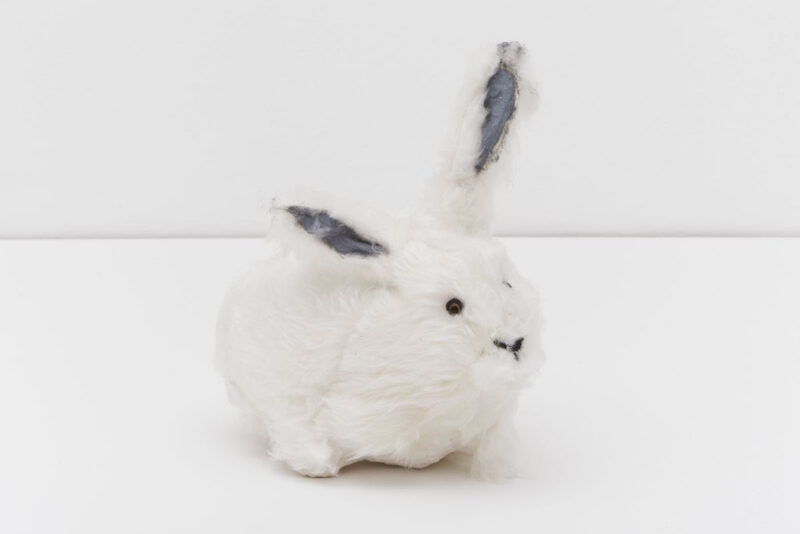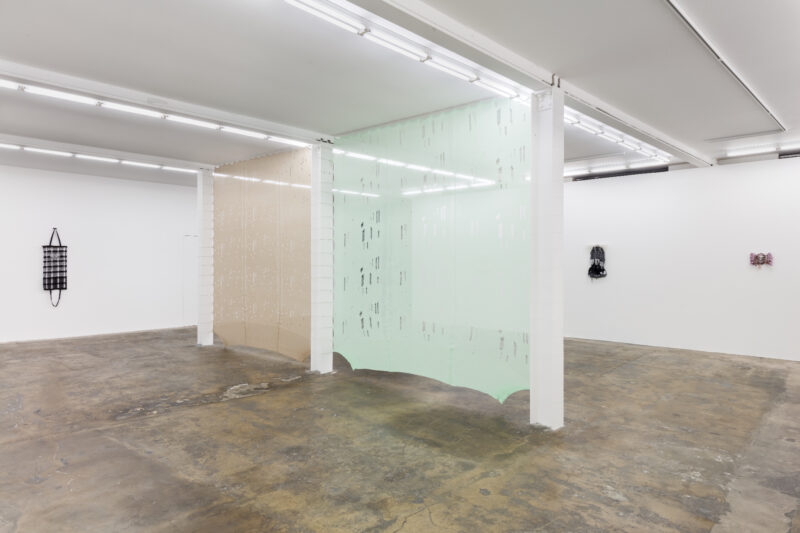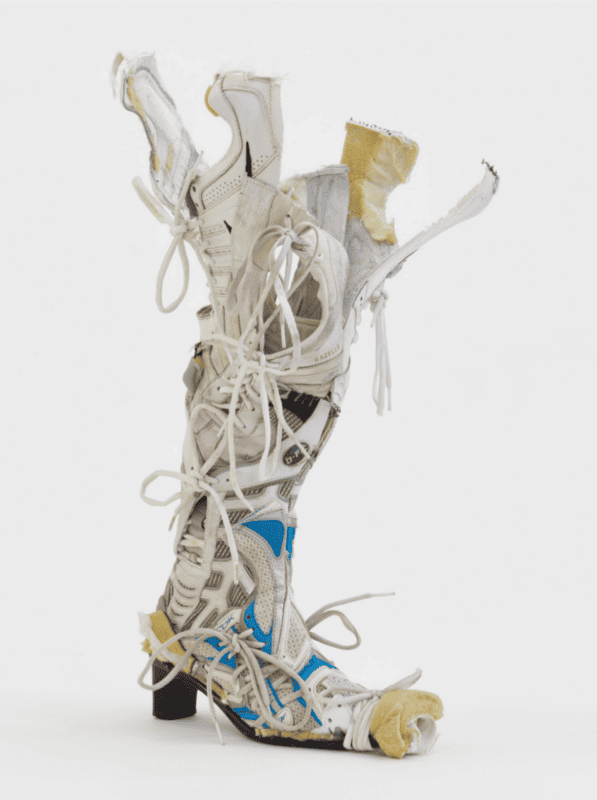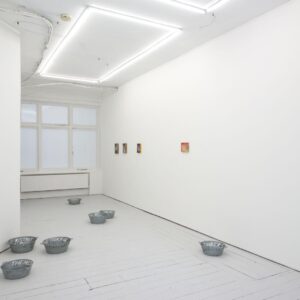Last year, Maren Karlson began working with four photographs taken inside Kombinat VEB Chemische Werke Buna in the 1970s and 80s, a factory in Schkopau, East Germany that produced rubber and plastic.
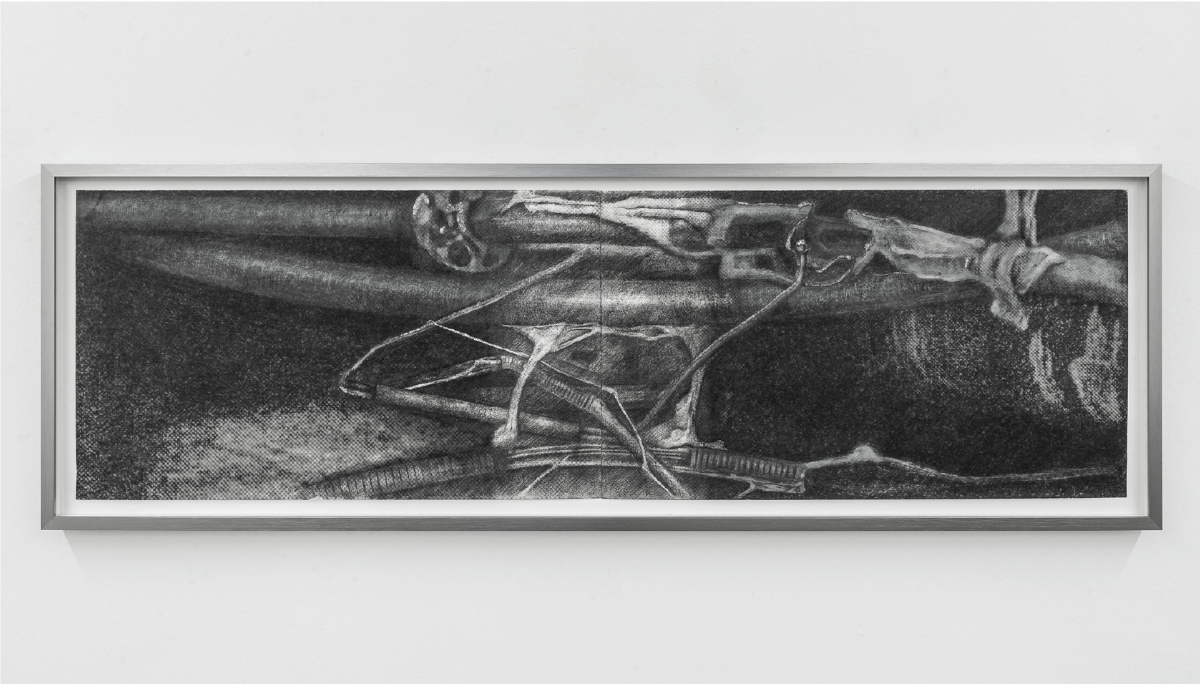
The photos show the decaying interior of the factory while it was still operational: a rotting floor, an eroding ceiling about to collapse, twisted pipes and a hole in the ground. The state-owned factory would continue to operate until the fall of the Berlin Wall and its eventual privatisation in the mid 1990s. Today, the factory is owned by the American company Dow Chemicals, one of the largest chemical producers in the world. At the factory, the water used for the internal processes is taken from the nearby Saale river, subjected to various chemical processes and eventually returned to the river, to be used by another factory downstream, where the cycle begins again. As a result of this consistent usage, the water between the factories slowly heats up. Karlson understands this overheating of water as an insurgence: no longer serving its intended purpose within the factory, the water rises up from within and can no longer be controlled, burning through the system that contains it. The transformative role of this water, its changing states within the production cycle of the factory and its eventual perceived insurrection, inform the logic of Karlson’s nine new paintings in Staub (Störung).
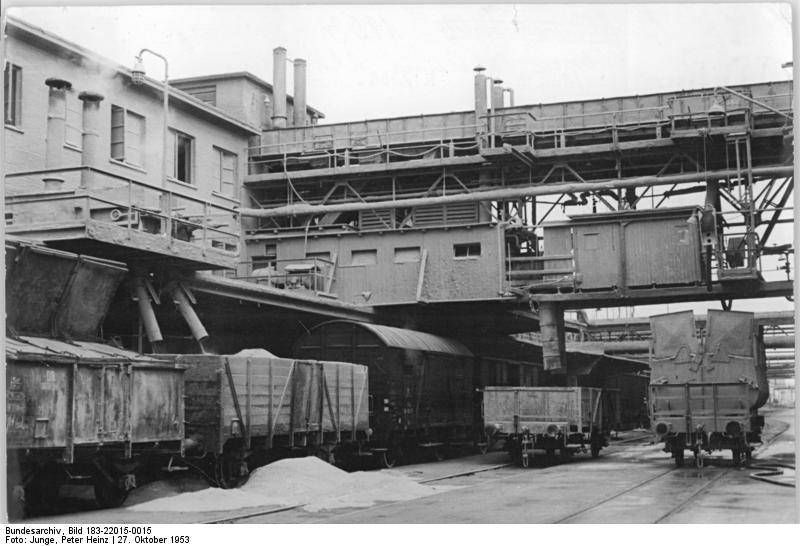
Working with the photographs of the factory, Karlson became interested in ruining the idea of a coherent image. Breaking them up into smaller fragments allows the artist to push the already distorted, unrecognisable images further into a space of fiction and unreality. Suppressing the original intentional organisation of the photograph to instead prioritise what Karlson terms its “background noise” initiates a slow process of decaying the image. The artist understands the painter to function as a filter for the fictional systems surrounding us – an idea that repositions the manipulator as the manipulated. Karlson’s distortion of these photographs initiates an inquiry into what happens when our ability to distinguish the real from the unreal is undermined or the distinction between these two conditions become obscured. When the real slowly falls apart, what kind of unreality do we construct out of its remnants and inconsistencies?
In these new works, the artist examines the conditions that disturb or unsettle a “natural” order, through an exploration of the disruptive potential of the outside (the strange, the unfamiliar) and what happens when it becomes part of the inside (the known, the familiar) – and vice versa. Via these processes of deconstruction and disintegration of a kind of image that we would otherwise understand to be an honest and accurate documentation of reality, Karlson perverts the logic of veracity. In these works, real and unreal conflate and converge as background and foreground merge and disassemble. An understanding of time similarly warps, as the identifiable signifiers of past, present and future become purposely confused in her compositions. Obstructing reality in this way – in these works and otherwise – blows dust into the gears of the machinery.
In Staub (Störung), Karlson scrutinises what it would take to alienate an image from itself and extends this thought to understand whether we ourselves can similarly be alienated from ourselves and how this method could subvert systems of control. If the present signifies the real while the past signifies the unreal; then these works allow an observation of the real from the perspective of the unreal – or the present from the perspective of the past. By examining the detritus of the past in this way, Karlson searches for that which is repressed in the present and seeks to locate how to let this estrangement from reality to become a disordering force that could affect a structural logic from within.
Maren Karlson, Staub (Störung), 20th June–3rd August, 2024, Soft Opening
Opening preview Thursday 20th June 6PM – 8PM
About the artist
Maren Karlson (b. 1988, Rostock, Germany) lives and works in Los Angeles, where she is currently completing an MFA in Painting At UCLA. Past solo and two-person exhibitions include: Staub at Mai 36 Galerie, Zurich (2024); Collapse at Soft Opening at CFA, Milan (2023) with Nevine Mahmoud; Lacker at in lieu, Los Angeles (2023) with Sophie Friedman-Pappas; Cypher at Soft Opening, London (2022) and Nodulara at Ashley, Berlin (2021). Selected group exhibitions include Support Structures at Gathering, London (2023); Body without Organs at Chapter NY, New York (2023); On Failure at Soft Opening, London (2023); SPECIES at Mai 36 Galerie, Zurich (2023); Paulo Cunha e Silva Art Prize at Galeria Municipal do Porto, Porto (2023); Durian on the Skin at François Ghebaly, Los Angeles (2022) and Drawing in the Continuous Present, curated by Rosario Guiraldes at The Drawing Center, New York (2022).

